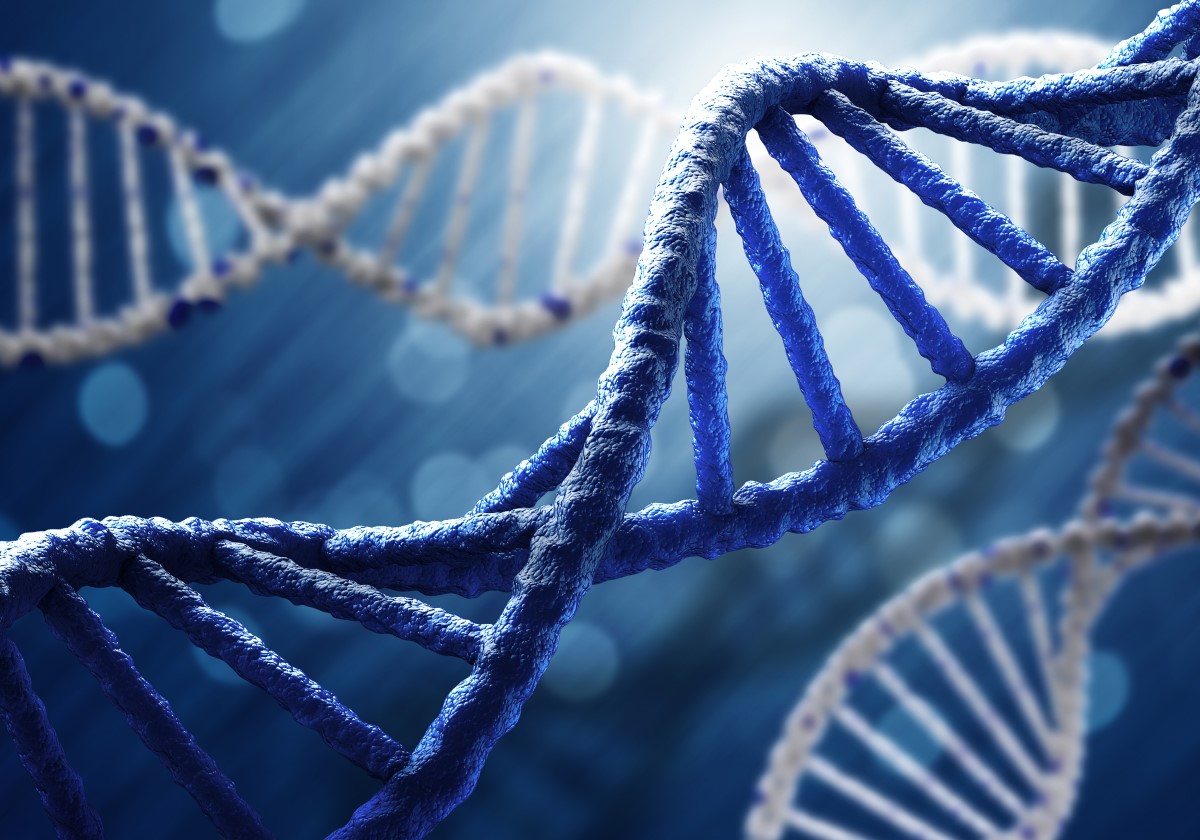
Alberta researchers revealed full structure of ‘ancient genetic parasite’ implicated in human diseases
On Dec. 14, 2023, the University of Alberta announced that a study published in Nature sheds light on a small part of the so-called ‘dark genome’ – the 98 per cent of the human genome whose biological function is largely not known. An international multidisciplinary team reported the first high-resolution images and structural details of a genetic element known as LINE-1, which inserts itself into the human genome and is implicated in diseases such as cancer, autoimmune disorders and neurodegeneration, and even aging.
LINE-1 is described as an “ancient genetic parasite” with about 100 potentially active copies in each person. LINE-1 activity is often correlated with disease. Unlike DNA, which makes RNA and then proteins, retrotransposons like LINE-1 work backwards, making DNA from RNA and then inserting it into the genome.
The researchers say their analyses reveal the inner workings of the molecular machine that has written nearly half of the human genome, and that understanding LINE-1 structure and function is important both in evolution and, increasingly, in human disease.
Tags:
Source: University of Alberta
Credit:
